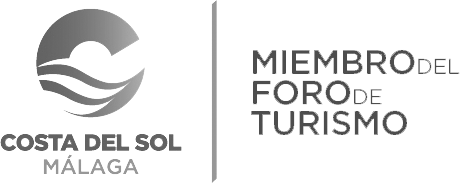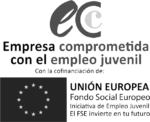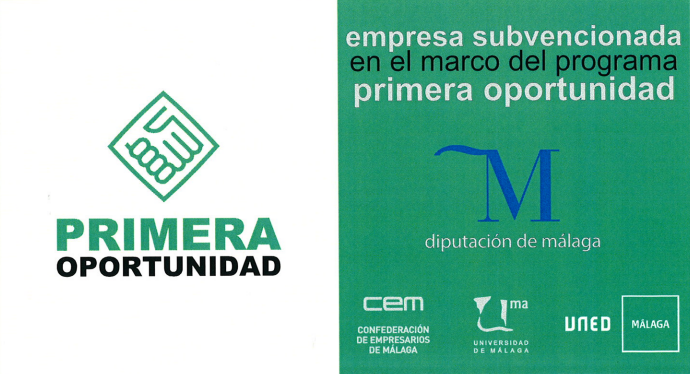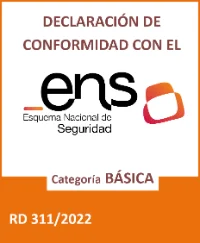Banco Cetelem, a leading company in consumer loans and credits in Europe and Spain, has recently presented the third edition of the Celeme e-Commerce Observatory.
This third edition analyses online shopping behaviour in different distribution sectors: technology, household appliances, furniture, telecommunications, travel, motorbikes, cars and sports. That is why, in this blog entry, we are going to comment on the main variables influencing the online purchasing process.
The analysis includes the purchase process carried out by Spaniards from various devicesThey connect, search and finalise the purchase.
Sources of information prior to buying online
Under the question of what sources of information they consider before they buy a product, the 57% states that it is based on the information received by friends, relatives or acquaintances.
They also come in a 62% to own website where you want to make a purchase. The 27% turns to social networks and the 39% goes to the physical shop. It is interesting to note that in 2015, 37% went to social networks, while in 2016 it decreased by 10 points. But the biggest difference between 2015 and 2016 is in the search for information in a physical shop, which has decreased by 12 points compared to the previous year.
Continuing with the analysis of this study of e-commerce in Spainunder the question from where purchases are made on the Internetthe 96% responded from the home. The next most voted answer was from the company, with a 12% of votes.
The frequency of online shopping was also asked in this 2016 e-commerce survey. The most voted response was less than once a month, supported by 33% in 2016, which is down 10 points from 2015, when it was voted for by 43%. The second most pronounced option was Once a month, with 28% of respondents' votes.
62% of Spanish internet users visit the physical shop from time to time before buying their product on the internet. 31% do not go to the shop beforehand, and only 7% say with total certainty that they always go to the physical shop before buying online.
Continuing with this study on the variables influencing the online purchasing processalso highlights the fact that the products that are most sold online continue to be airline tickets and hotels, i.e. products related to tourism (57%).
Fashion and leisure are in second and third place (55% and 50% respectively).
In terms of the average amount spent on online shopping, there has been an improvement compared to 2015, when an average of €1,354 was spent per year, while in 2016, this amount rises to €1,413.
The preferred means of payment for our Spanish internet users continues to be the debit card, with 61% of the votes. This figure is 9 points higher than in 2015. Paypal has suffered a considerable drop, as in 2015 this survey showed a 72%, while in 2016 it dropped to 51%.
Respondents also rated positive and negative aspects they encounter when shopping online: the most positive aspect for them was that can be purchased from home (65%)followed by the answer Can be purchased at any time (42%). On the negative side, they would like to be able to touch the product before purchase (54%)followed by that the shipping costs are not free of charge (50%).
All in all, in 2016, 66% of respondents stated that purchases made during that year were made offline, i.e. in physical shops. 34% stated that their purchases were made online, i.e. via the Internet.









